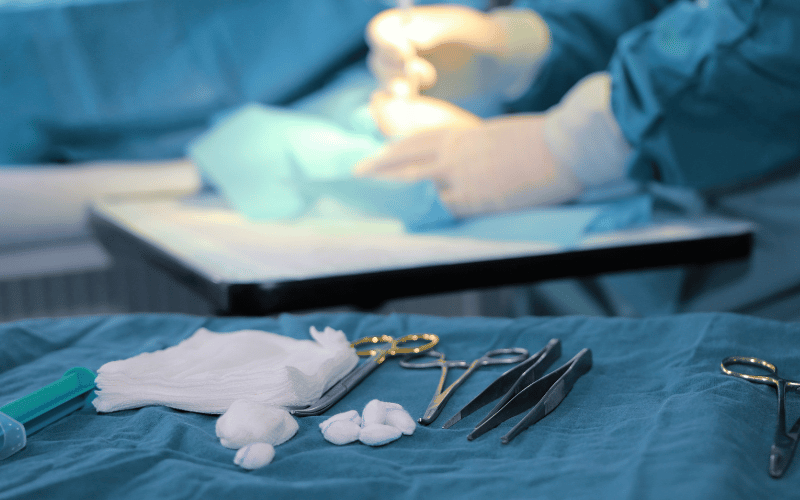8. Surgical Approaches: Marsupialization, Enucleation, Resection

The surgical management of Odontogenic Keratocyst (OKC) involves a range of techniques, each with its own set of advantages and challenges. Understanding these approaches is key to tailoring treatment to individual patient needs.
Marsupialization is a conservative surgical approach where the cyst is opened and sutured to the oral mucosa, creating a pouch. This method reduces the size of the cyst over time, making it easier to remove later or, in some cases, resolving it entirely. It’s particularly useful for large cysts or when preserving vital structures is crucial.
Enucleation involves the complete removal of the cyst. It’s a more aggressive approach compared to marsupialization but is effective in eliminating the cyst in one go. However, the risk of recurrence is a concern, especially if any cyst lining is left behind inadvertently.
Resection, the most radical approach, involves removing a section of the jawbone along with the cyst. It’s typically reserved for extensive or recurrent cysts where other treatments have failed. While effective in reducing recurrence, it’s more invasive and requires reconstructive surgery for rehabilitation.
The choice of surgical method depends on several factors: the size and location of the cyst, the patient’s overall health, and the presence of vital structures nearby. Each method has its pros and cons, and the decision is made on a case-by-case basis.
Post-operative care and monitoring are crucial, regardless of the surgical approach. Regular follow-ups and imaging are necessary to ensure the cyst does not recur and to manage any complications that may arise. (8)